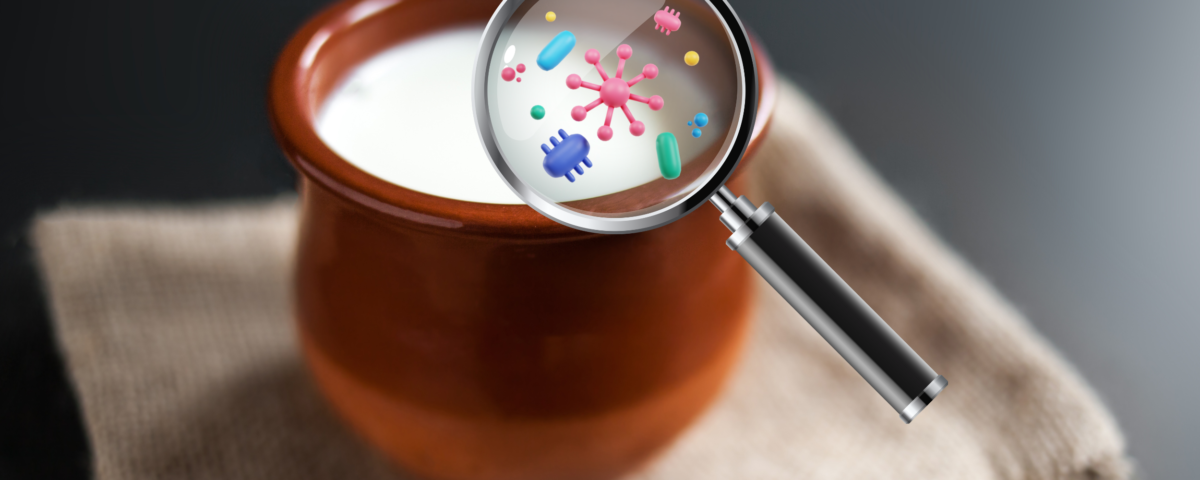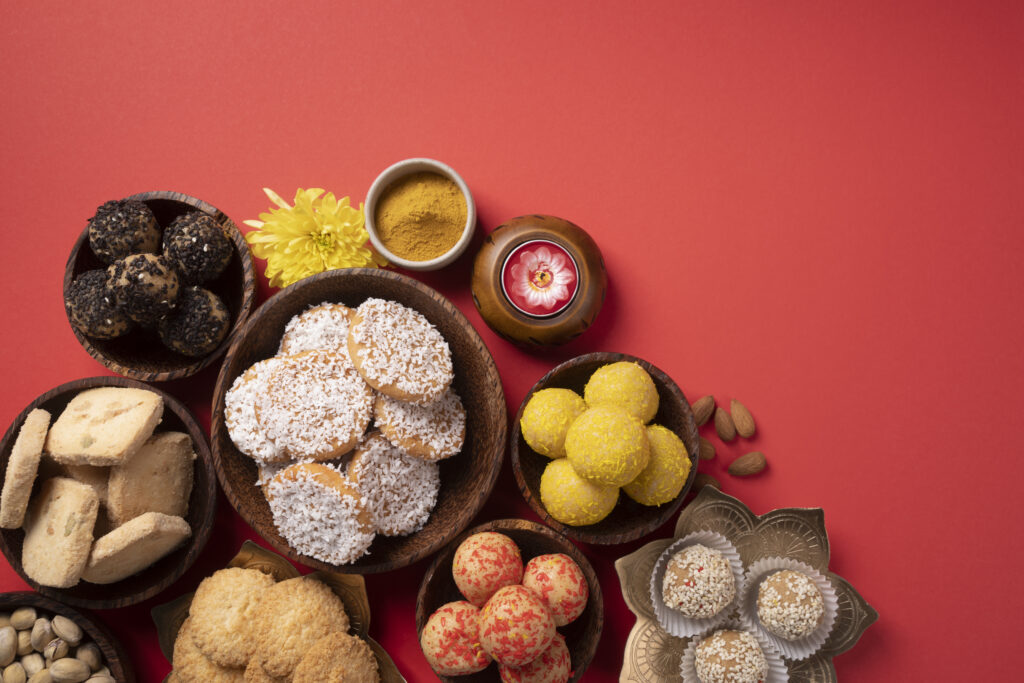
Uncovering the Silent Pandemic: Diabetes Awareness
April 10, 2024
Our First Probiotic – A Gift from Birth
April 23, 2024The Microbial Angle to The Curd
As summer rolls in, there's one food that takes the spotlight: The home-made Curd. Not too long ago, it played a supporting role, accompanying parathas or making an occasional appearance in watered-down chaas or raita. But times have changed! Now, The Curd is the star of the show, celebrated for its health benefits and probiotic goodness.
In the world of fermented dairy products, few hold as much intrigue and scientific wonder as the Curd, a staple in many cultures for centuries. Beyond its creamy texture and tangy flavor lies a complex ecosystem of microbial superheroes. At its core, The Curd boasts a lively team of bacteria, predominantly from the Lactobacillus, Streptococcus, and Bifidobacterium clans, ready to work their magic.
Lactobacillus bulgaricus and Streptococcus thermophilus take center stage, initiating the fermentation process by converting lactose into lactic acid. This acidic environment not only lends The Curd its characteristic tang but also inhibits the growth of harmful bacteria.
Bifidobacterium bifidum, another prominent inhabitant, thrives in the lower gastrointestinal tract, where it's believed to confer various health benefits. Studies suggest that B. bifidum may play a role in improving digestion, boosting immune function, and even mitigating certain gastrointestinal disorders.
Bifidobacterium bifidum, another prominent inhabitant, thrives in the lower gastrointestinal tract, where it's believed to confer various health benefits. Studies suggest that B. bifidum may play a role in improving digestion, boosting immune function, and even mitigating certain gastrointestinal disorders.
Lactococcus lactis, although less heralded, contributes to the flavor and texture of The Curd .
The transformation of milk into The Curd is a meticulously orchestrated process, guided by the metabolic activities of its microbial inhabitants. L. bulgaricus and S. thermophilus work synergistically, utilizing lactose as their primary energy source and producing lactic acid as a byproduct. This acidification lowers the pH of the medium, creating an environment conducive to the growth of probiotic bacteria while inhibiting spoilage organisms.
Temperature also plays a critical role, with the optimal range typically falling between 40°C to 45°C. At these temperatures, the growth of beneficial bacteria is favored, while the proliferation of pathogens is suppressed. Furthermore, the duration of fermentation directly influences the sensory attributes and probiotic potency of The Curd, with longer fermentation periods often yielding a more pronounced tang and higher bacterial counts.
Beyond its culinary appeal, The Curd has garnered attention for its potential health benefits, attributed primarily to its probiotic content. Numerous studies have explored the impact of probiotic dairy products on gut health, immunity, and even mental well-being.
For instance, clinical trials have demonstrated that regular consumption of The Curd may alleviate symptoms of lactose intolerance, improve gastrointestinal function, and modulate immune responses. Additionally, emerging evidence suggests a potential role in the prevention and management of conditions such as irritable bowel syndrome (IBS), inflammatory bowel disease (IBD), and even mood disorders like depression and anxiety.
The Curd represents a harmonious convergence of tradition and science, offering not only culinary delight but also potential health-promoting properties. By unraveling the microbial symphony within this fermented dairy product, we gain insights into its multifaceted nature and its implications for human health.
- Team Microbiome Superhero







